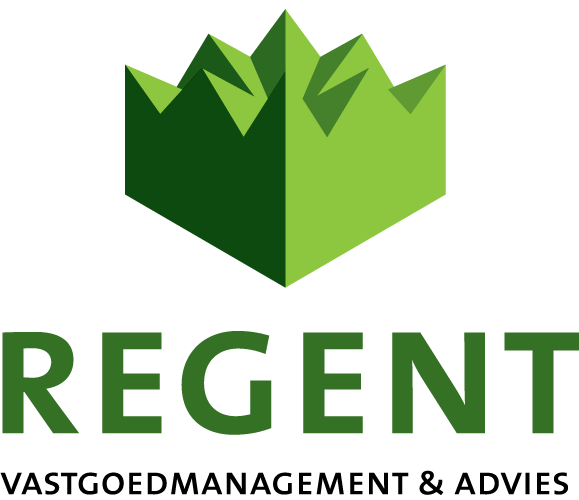Is insurance premium an expense?

The question of whether insurance is an asset is not a straightforward one, as it depends on the type of insurance and the specific policy. A business spends $12,000 in advance for liability insurance coverage for the next twelve months. The company records this expenditure in the prepaid expense account as a current asset. In each of the next 12 successive months, the business charges $1,000 of this prepaid asset to expense, thereby equably spreading the expense recognition over the coverage period. Insurance expense refers to the cost of protecting an organization’s assets, employees, or customers against potential losses or damages.
- An operating expense is an expense a business incurs through its normal business operations.
- Insurance companies carry prepaid insurance as current assets on their balance sheets because it’s not consumed.
- The death benefit is paid to the beneficiary in the event of the death of the policyholder during the policy term.
- Understanding a Premium Relatedly, it is the price paid for protection from a loss, hazard, or harm (e.g., insurance or options contracts).
- This liability is reflected on the balance sheet as accrued insurance expense, which is the amount of insurance expense that has been incurred but not yet paid.
- However, as a person who has never been to an accounting class, it may be challenging.
Is prepaid insurance a type of asset?
- These limits are separate from any coverage you receive to rebuild or repair your home and replace your belongings.
- This can help them avoid the stress and uncertainty that comes with unexpected expenses or damages.
- Once you sign up for insurance, including endowment policies, ensure you see it to its maturity in order to reap the full benefits and allow it to potentially become an asset.
- These costs are paid as premiums to an insurance company and are typically accounted for as expense items in the entity’s financial statements.
If the policy has a cash value component, it can be borrowed against or used as a source of funds. However, the value of the policy is not guaranteed and may fluctuate based on market conditions. In conclusion, while insurance can be viewed as an asset, it is important to carefully consider the is insurance expense a debit or credit type of insurance and how it fits into your overall financial plan.
- If you are covering a risk which you hardly experience, you will end up paying for premiums but not utilizing them in any way.
- Life insurance policies, for example, pay out a death benefit to the policyholder’s beneficiaries in the event of their death.
- 3) When selling your home, most mortgage companies require homeowners to have adequate liability coverage before they approve the loan.
- The more knowledgeable and organized you are before meeting with your accountant, the more time and money you save.
- On the other hand, if the insurance relates to stock or inventory, it would be classified as a current asset.
- It can appreciate in value over time, but also comes with expenses such as mortgage payments, property taxes, and maintenance costs.
- Insurance expense is that amount of expenditure paid to acquire an insurance contract.
Is health insurance a current asset?

In finance and accounting, a premium is any additional cost charged on top of an asset’s usual cost. Rent, utilities, office supplies, legal fees, and insurance are all indirect expenses because they benefit the entire company. While insurance can be viewed as an asset, it is important to consider the bottom line and affordability. It is important to work with a financial advisor or planner to ensure that insurance fits into your overall financial plan and that you are not over-insured or under-insured. Liabilities, such as debt or credit, must also be considered when evaluating net worth. It’s important to have a balance between assets and liabilities to maintain financial stability.
- For an individual, insurance expenses can be for health insurance, life insurance, auto insurance, home insurance, and more.
- These expenses are generally considered necessary for the protection of the business and are part of the cost of operating a business.
- As long as the surrender value of your insurance policy is less than the paid-up premiums, your policy cannot be considered an asset.
- The key is ensuring your insurance doesn’t become a liability by making decisions based on emotion or impulse.
- It’s essential to recognize that the classification of insurance as a liability or asset depends on specific circumstances and perspectives.
What Can I Write Off as an Independent Contractor Hairstylist for Booth Rental?
Prepaid insurance is a type of asset, as it represents the payment for future insurance coverage. It is recorded on a company’s balance sheet as a current asset and is typically used to cover expenses related to property and casualty insurance. It’s essential to recognize that the classification of insurance as a liability or asset depends on specific circumstances and perspectives. From an accounting viewpoint, initially recorded as assets, insurance premiums paid in advance are later reclassified as expenses or liabilities as coverage is utilized or expires. In accounting terms, insurance expense is typically recognized in the income statement during the period in which the insurance coverage is in effect. Insurance expense refers to the cost incurred by a business or an individual for obtaining insurance coverage.
Are insurance policies considered assets?

For many families, a combination of whole life and term insurance may provide for both current and future needs. Speak with your wealth planner to help you assess your requirements and determine the type and amount of life insurance that is right for you and your loved ones. When preparing final accounts, businesses need to accurately represent their financial position and provide a clear picture of their performance. Insurance is a crucial aspect of Bookkeeping for Veterinarians risk management for most organizations, but its treatment in final accounts can often be confusing. In this blog, we will delve into the topic of where insurance goes in final accounts and shed light on the various considerations involved. In summary, assets are resources that have value and can be used to generate income, provide protection, or increase in value over time.
What is not classified as personal property for insurance purposes?

These policies are typically funded through split-dollar arrangements, where costs and benefits are shared between the employer and the executive. This arrangement offers tax advantages and aligns with the company’s financial planning strategies. Securing a key-person policy involves evaluating the company’s risk exposure and reviewing dependencies on the key individual. The underwriting process requires detailed financial statements and projections to reflect the business’s needs and risks adequately. Determining the appropriate coverage amount involves assessing factors such as the individual’s contribution to net income and the cost of replacing their expertise. Insurance providers assist with this evaluation using metrics like salary, business revenue, and profit margins.

Careers

Doing so means that some of the insurance expense will be included in ending inventory, and some will be assigned to the units sold during the period, so that the expense appears in the cost of goods sold. By understanding the dual nature of insurance expense as both a liability and an asset, organizations can better manage their financial risks and make informed decisions about their insurance coverage. In key-person Online Accounting insurance, while premiums are non-deductible, the death benefits provide tax-free cash to the business, aiding in the transition after losing a key individual.
